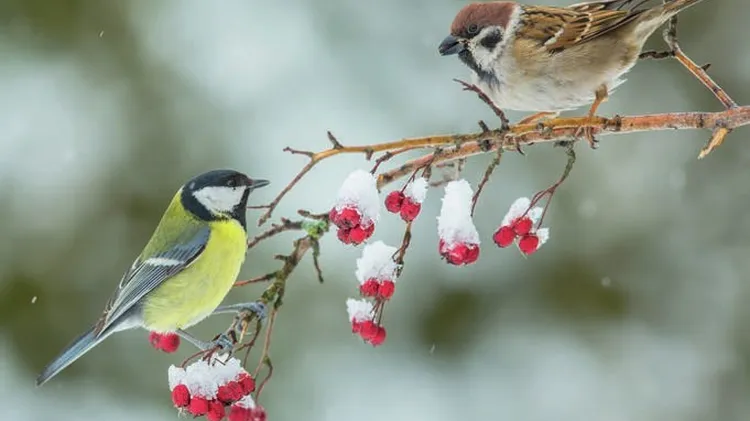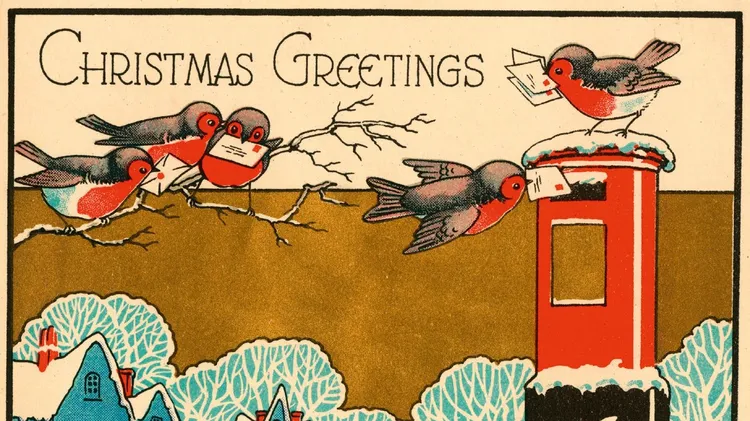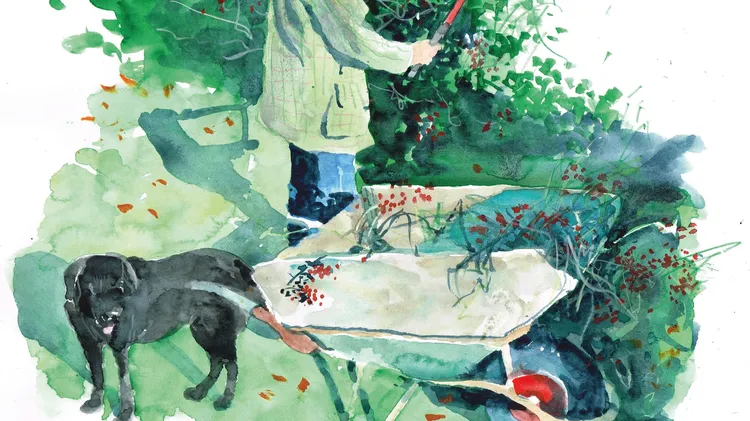Once virtually extinct in Britain, a magnificent bird of prey now thrives in
The comeback kite
7 min read
This article is from...
Read this article and 8000+ more magazines and newspapers on Readly






